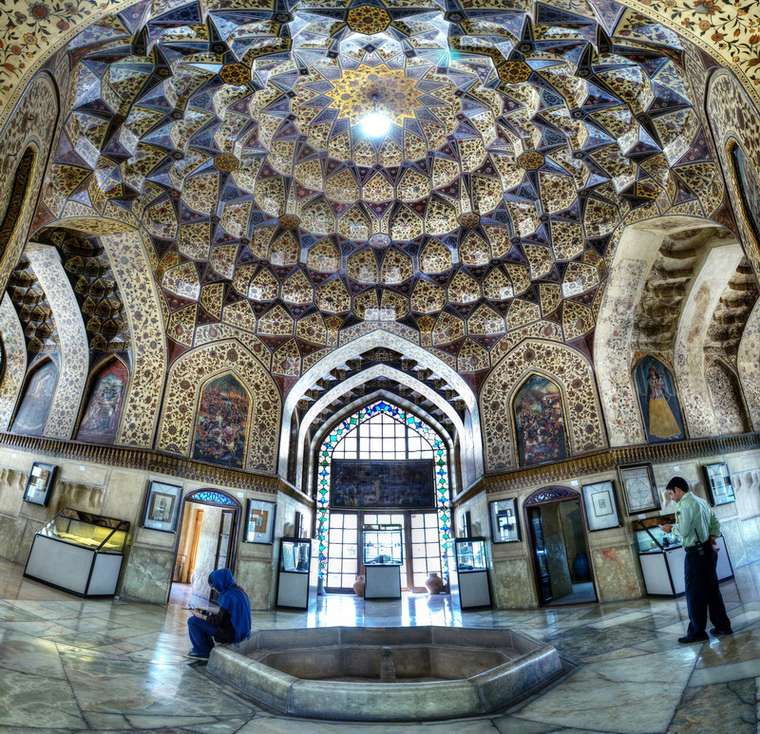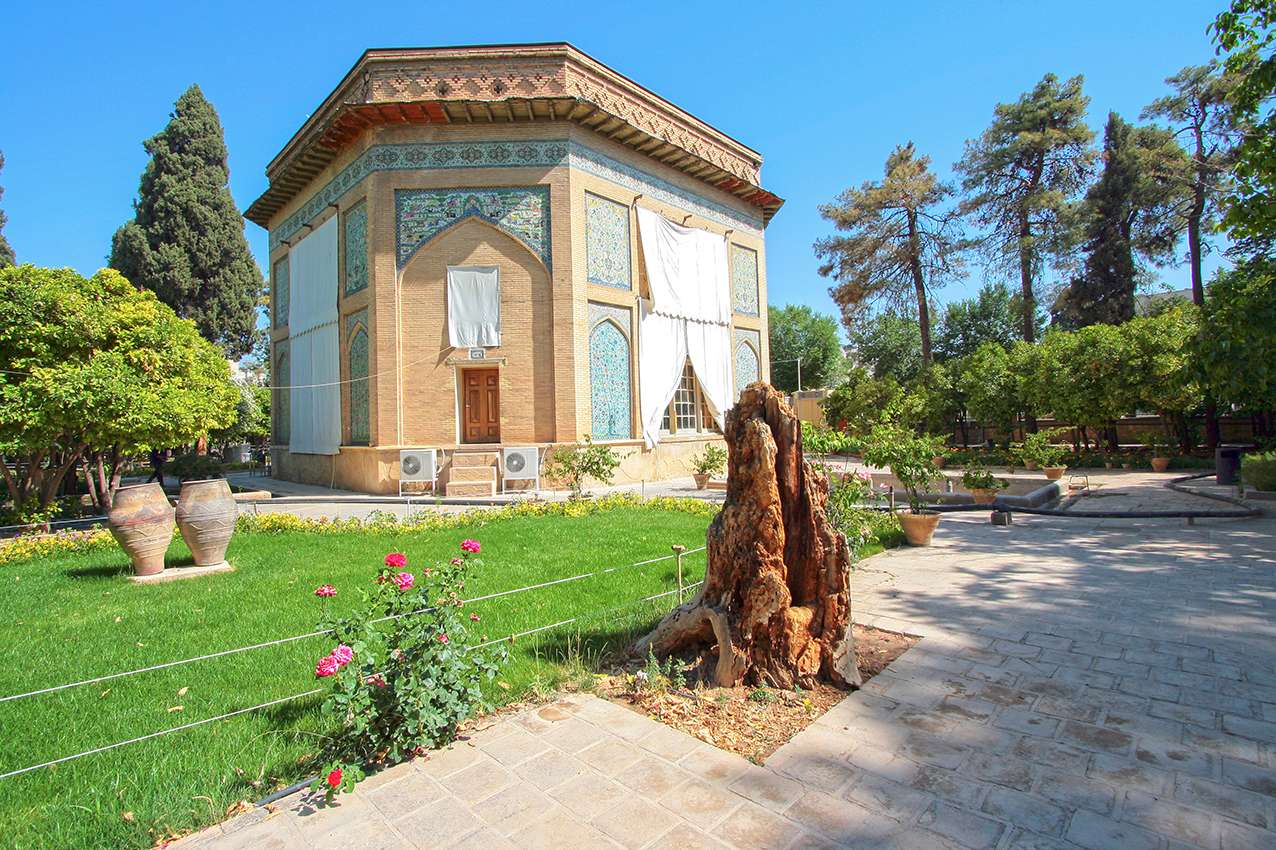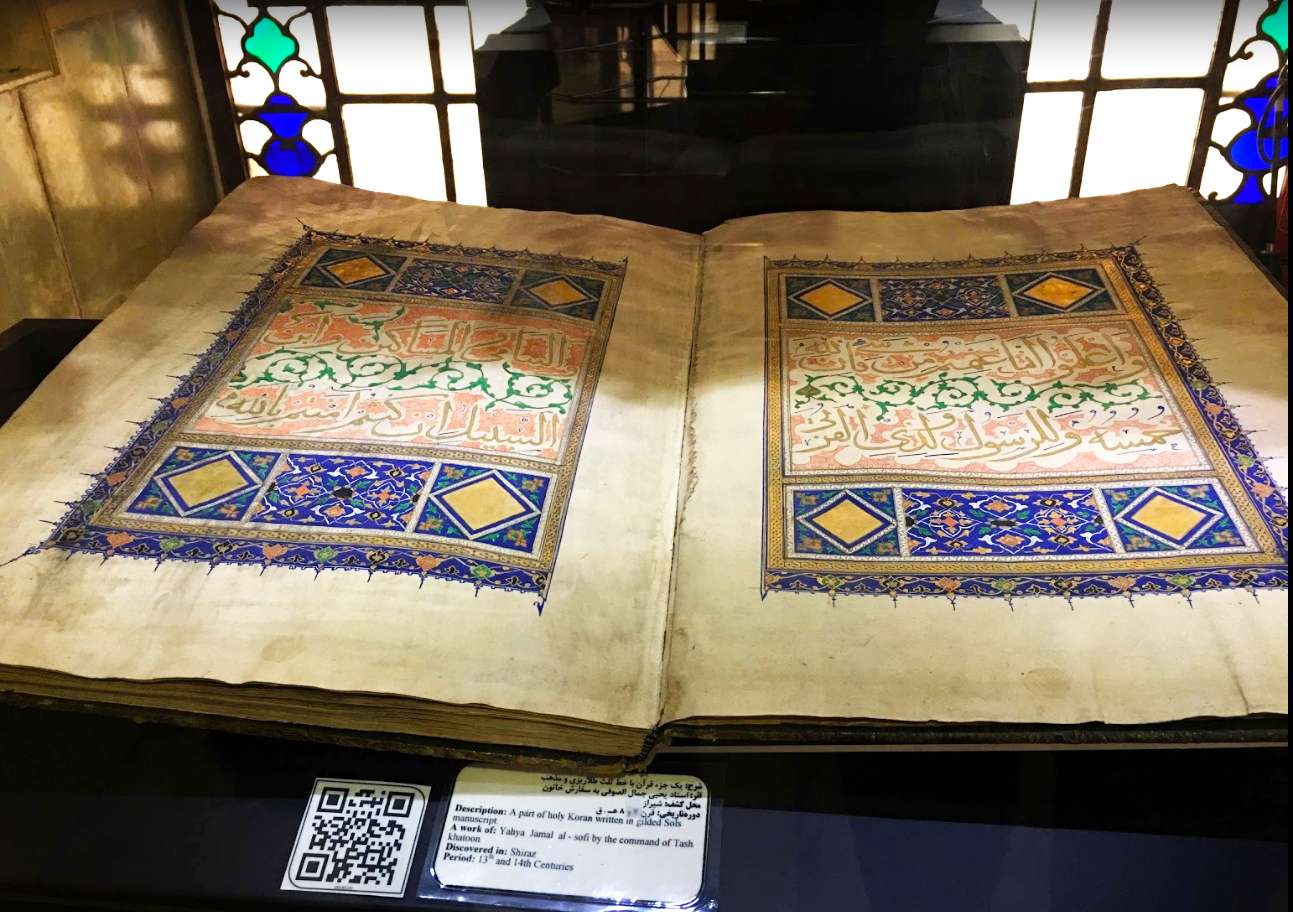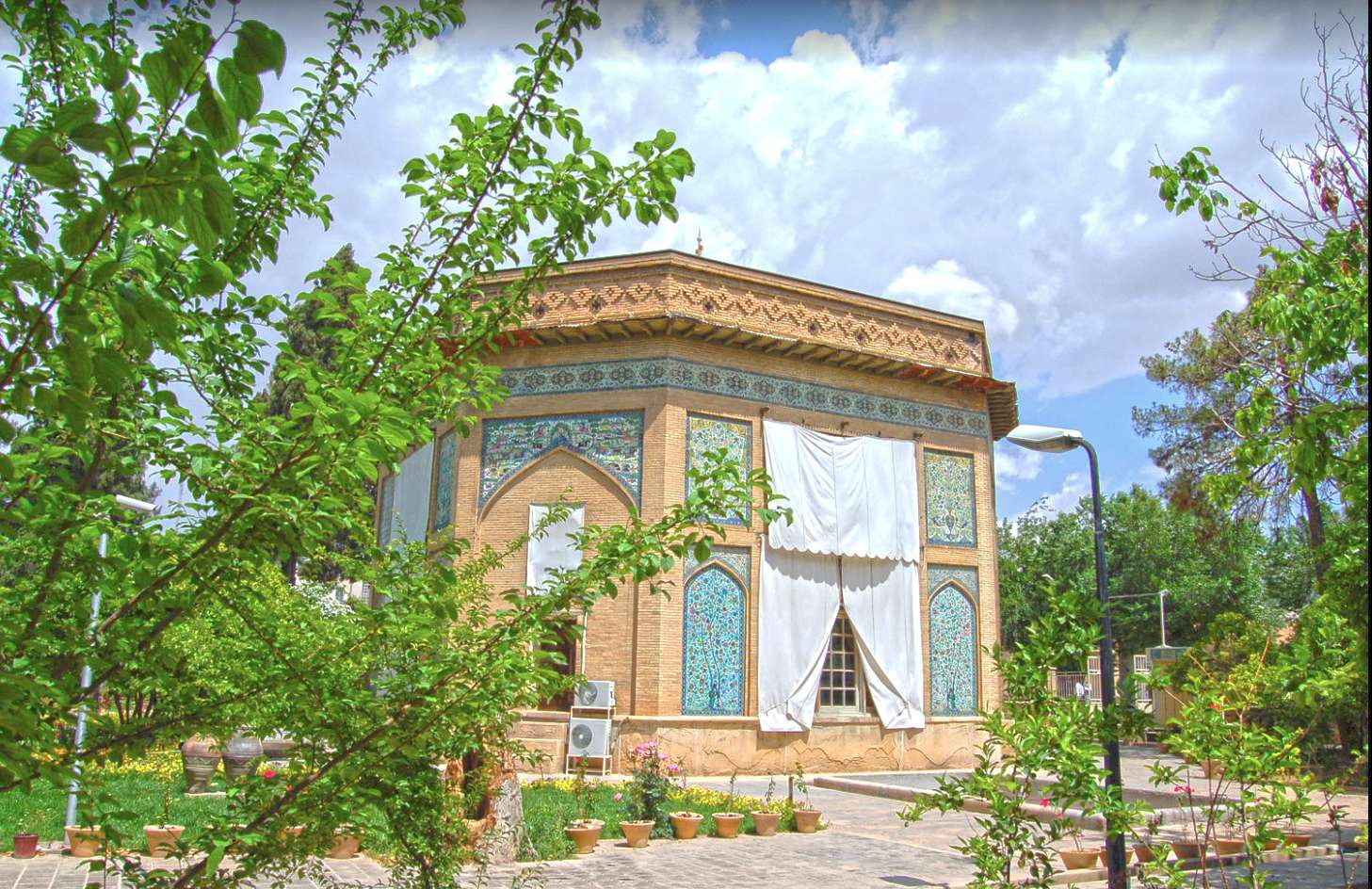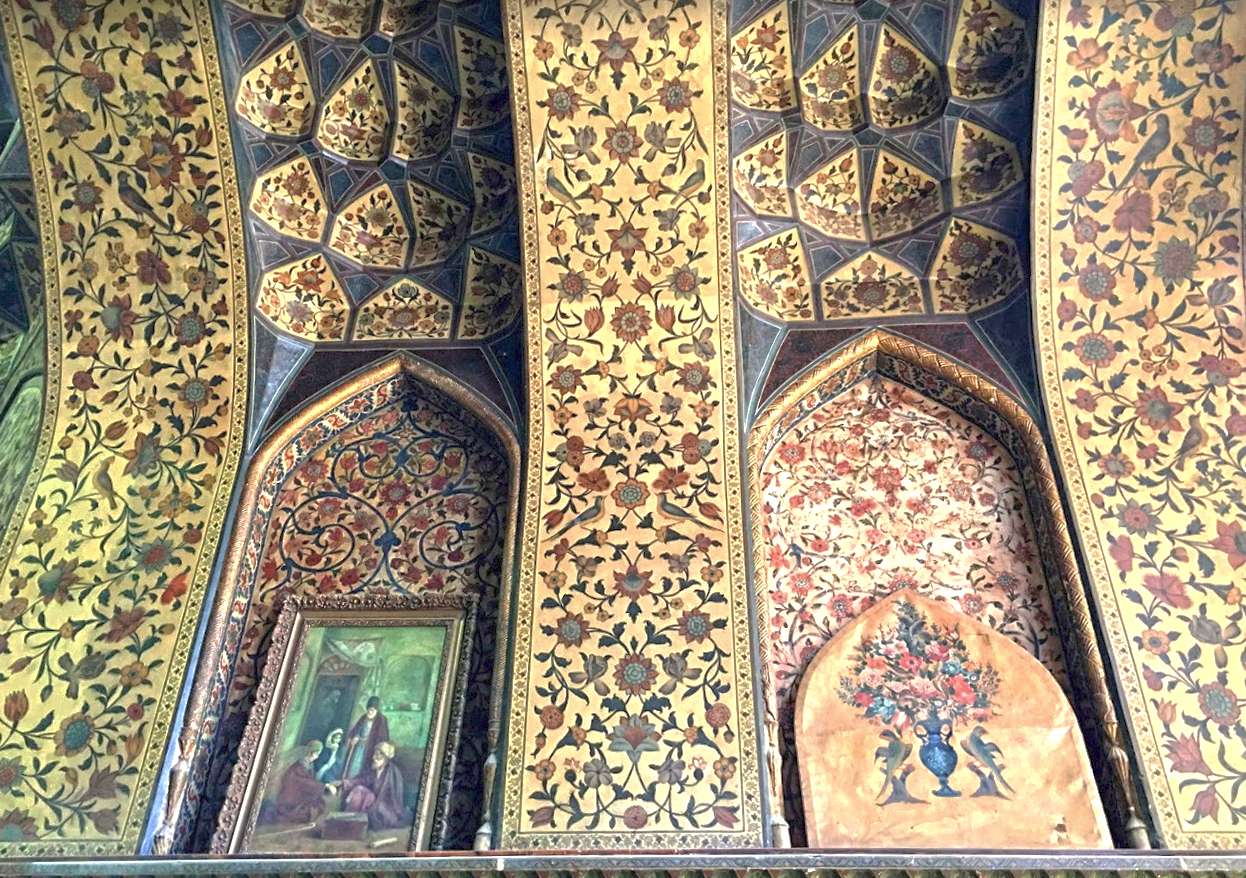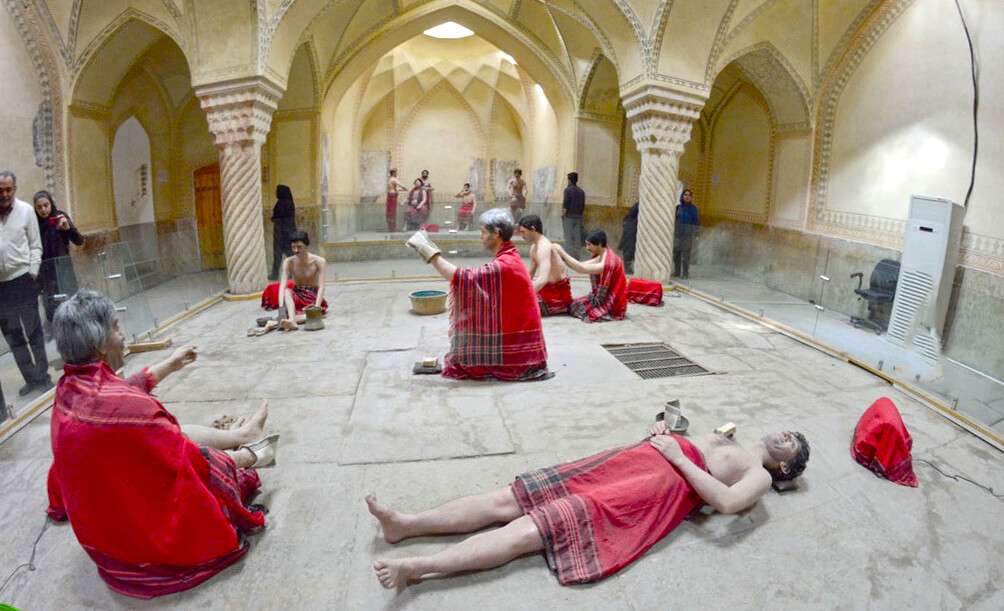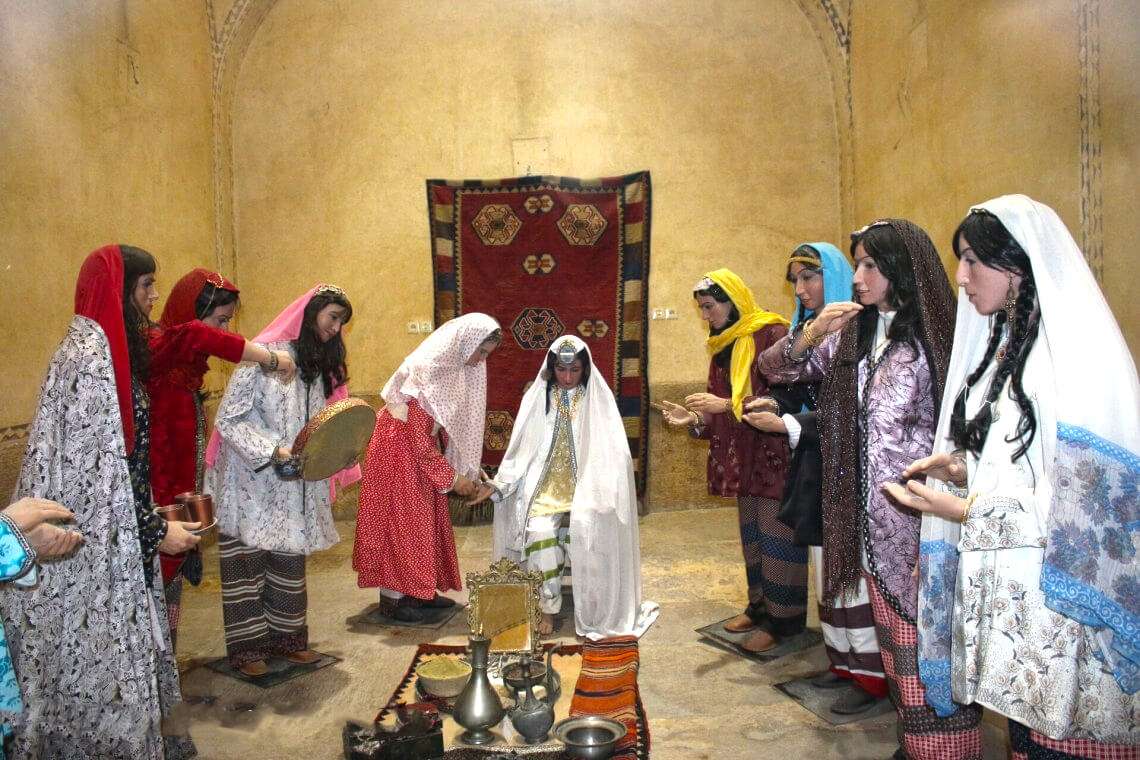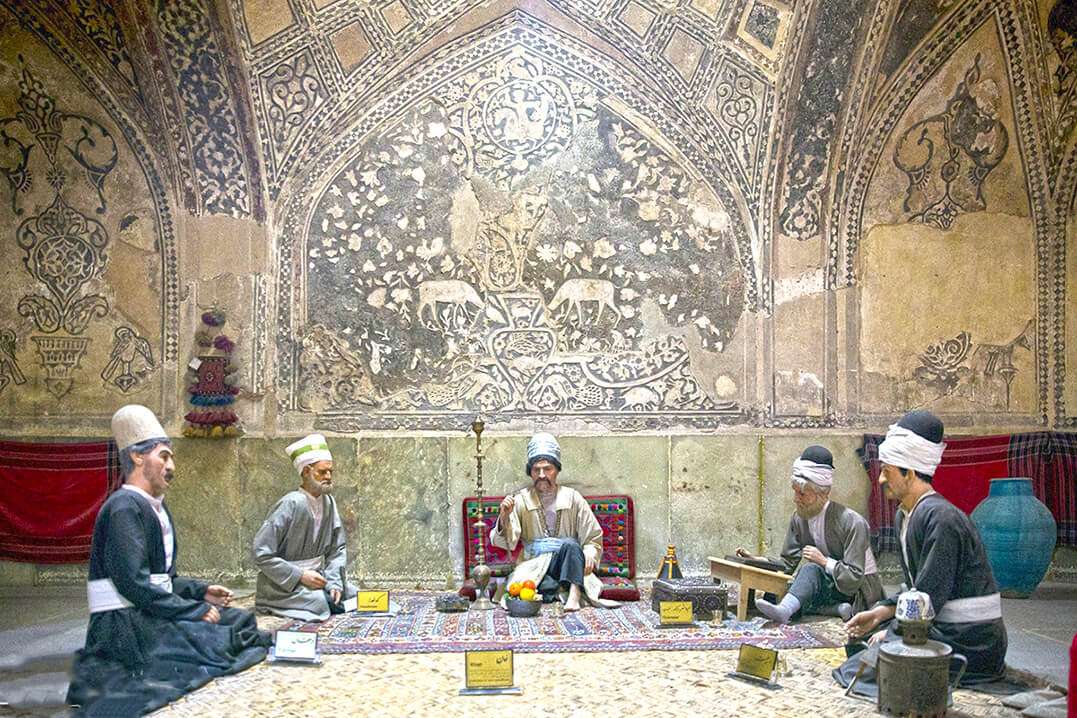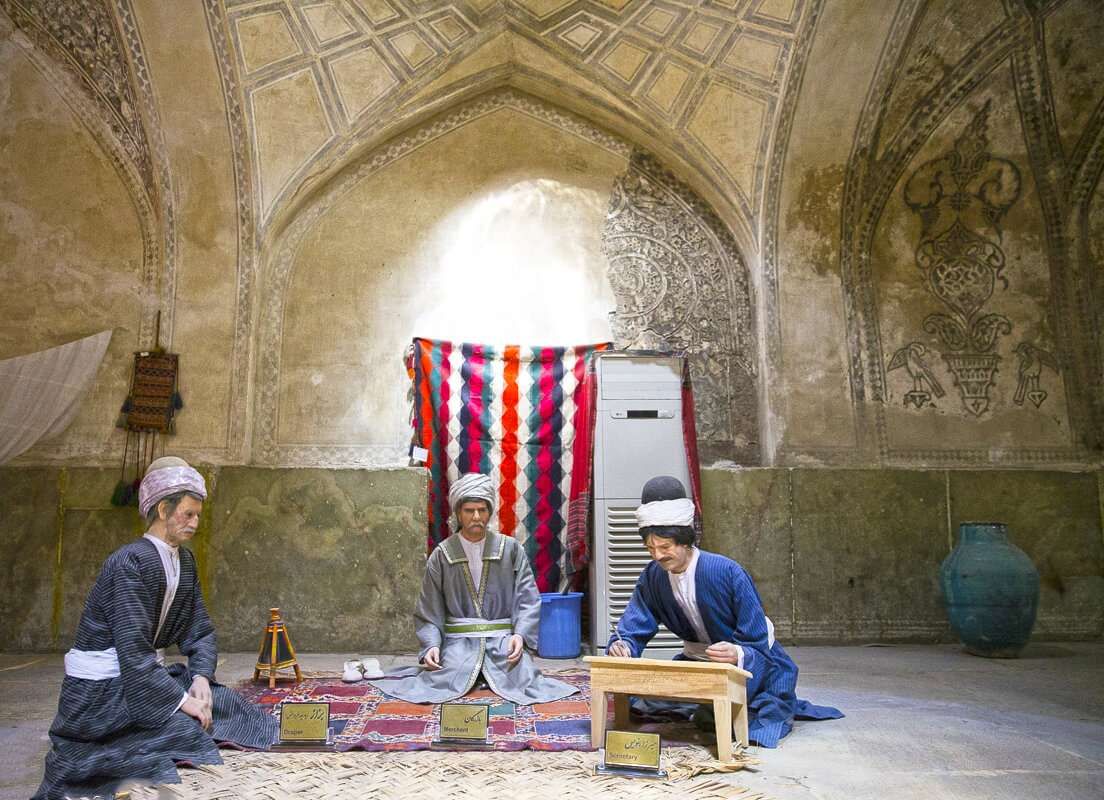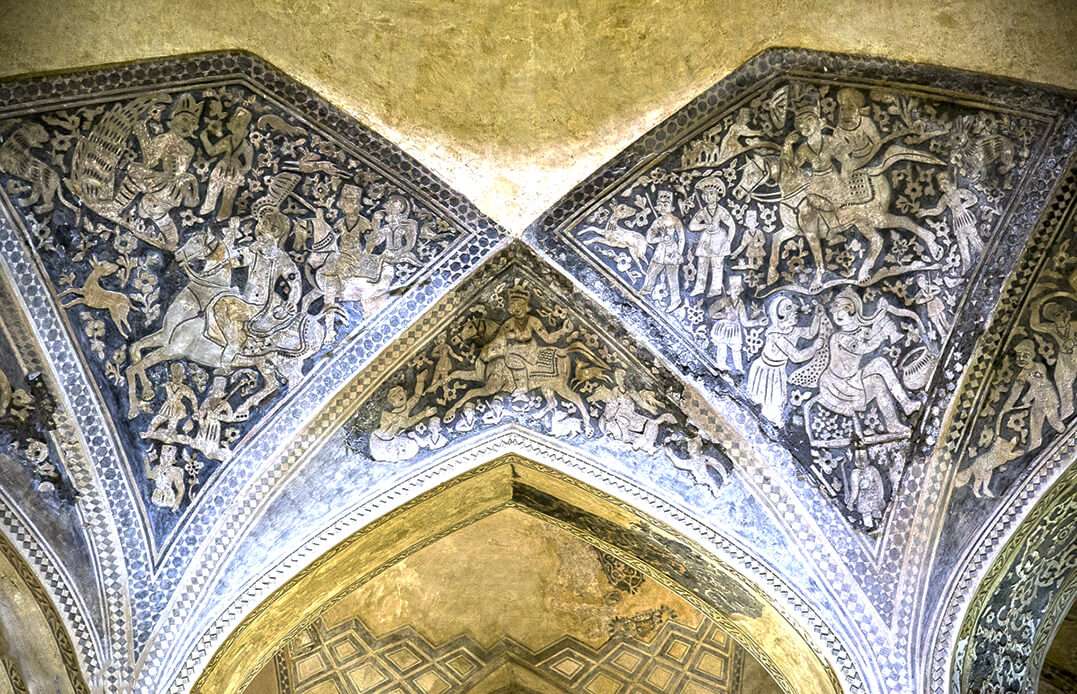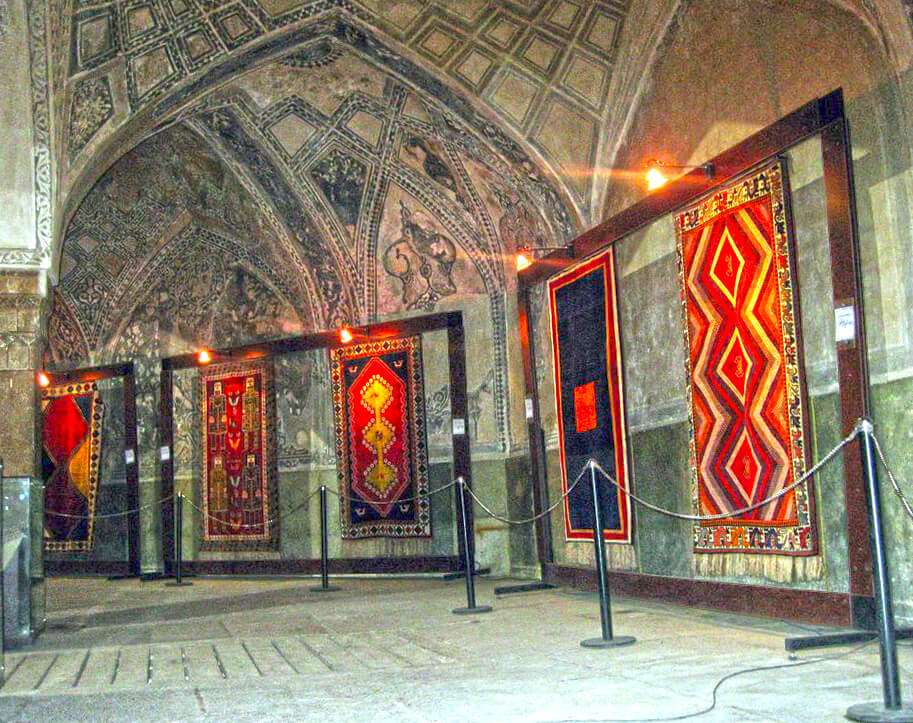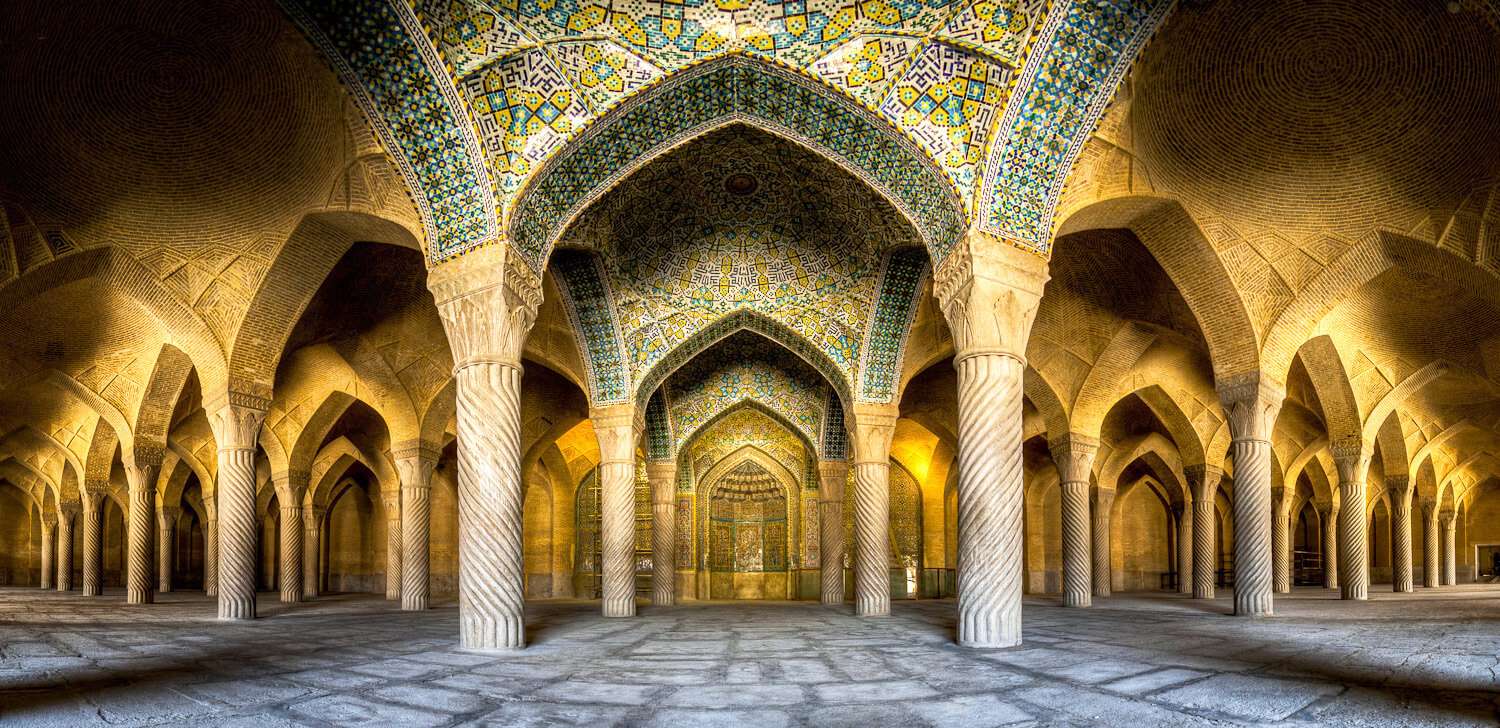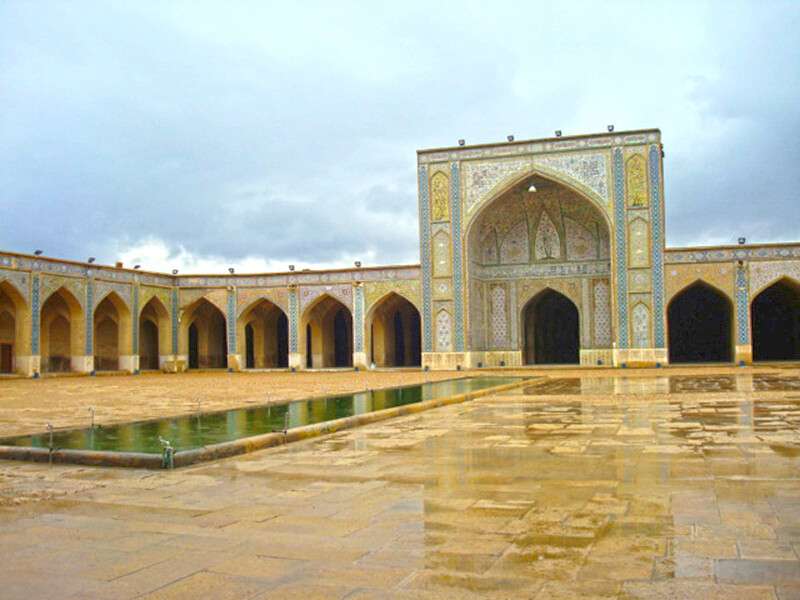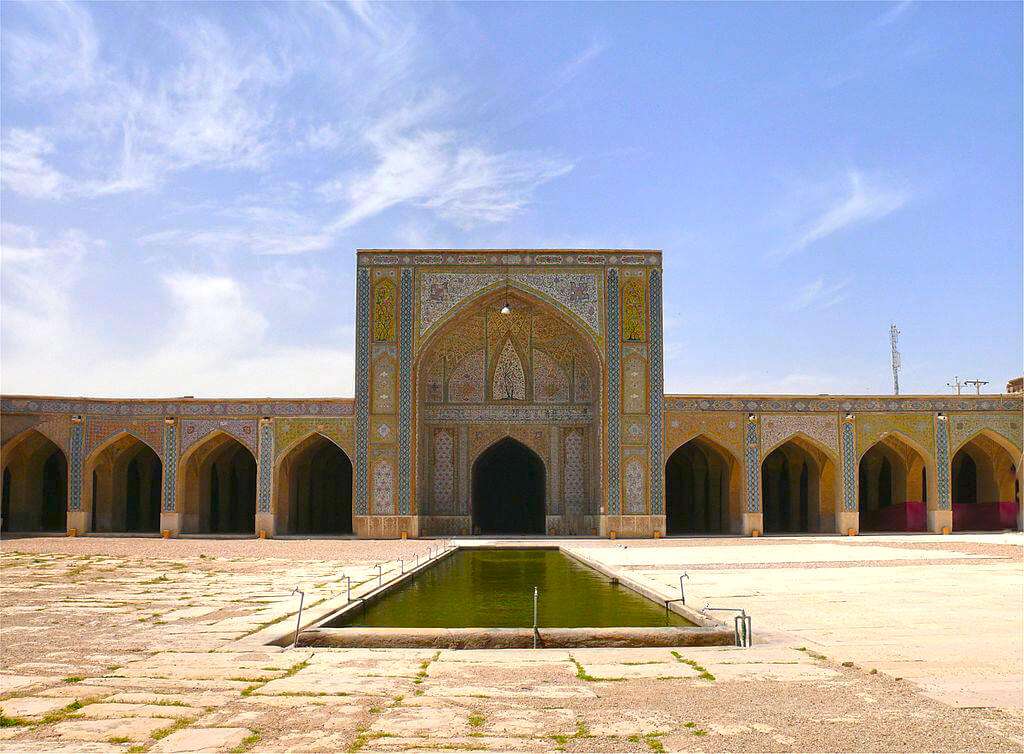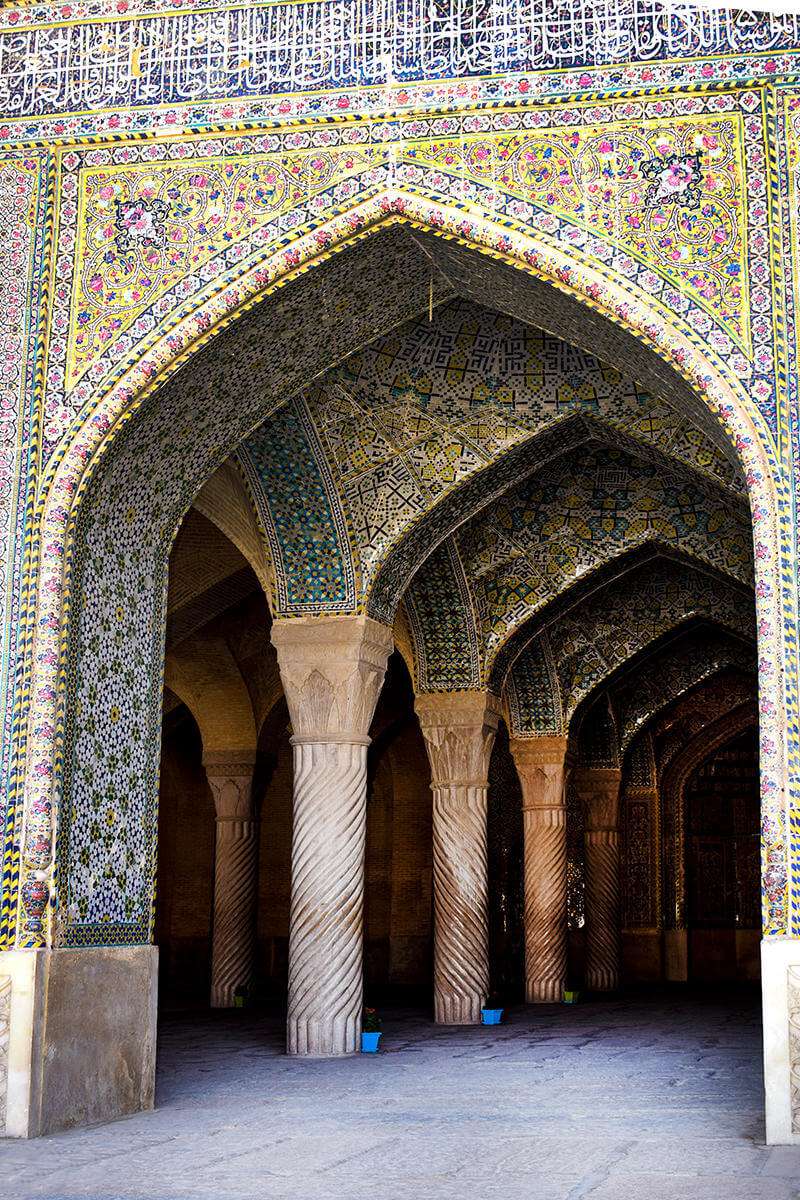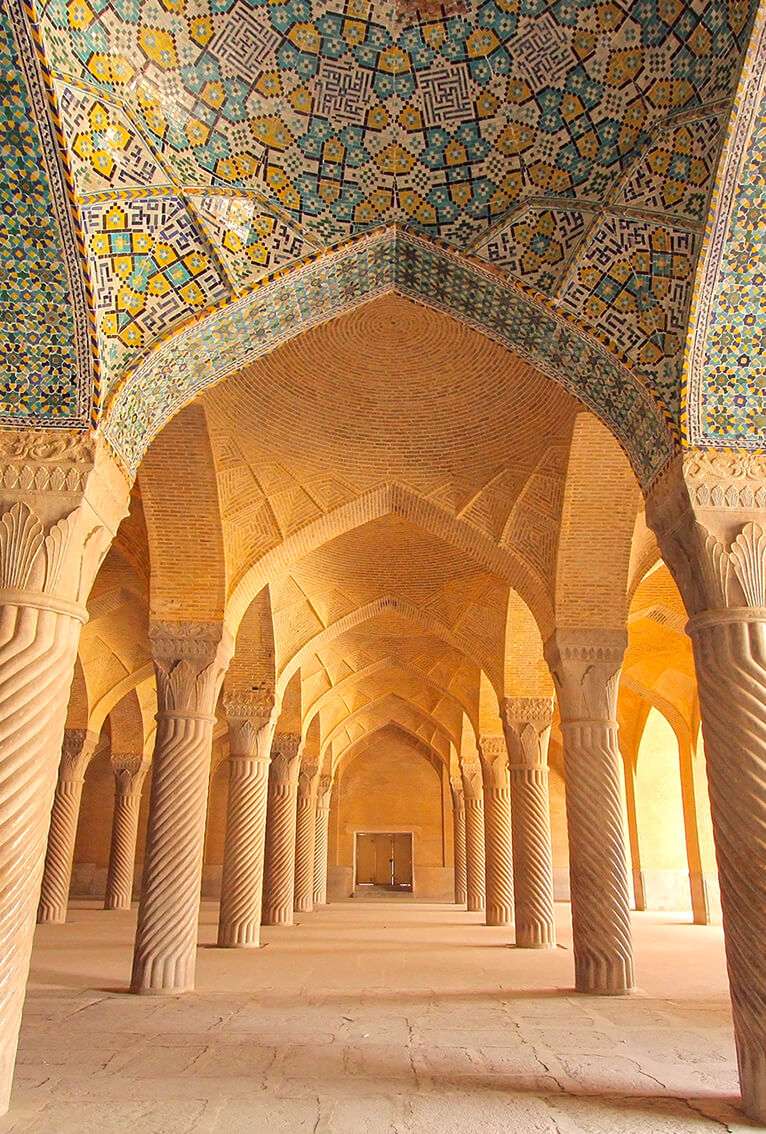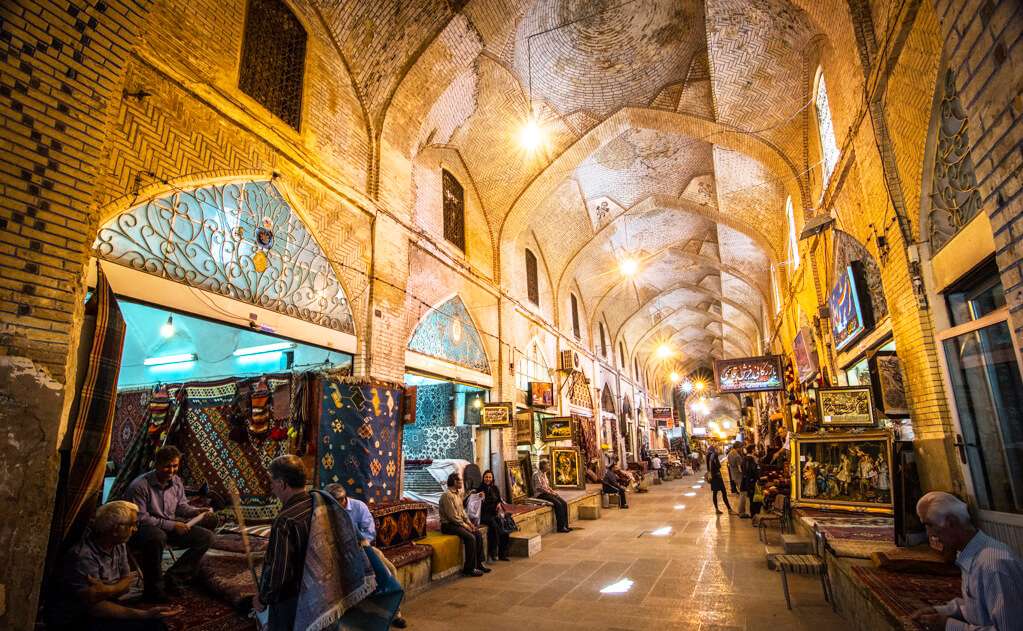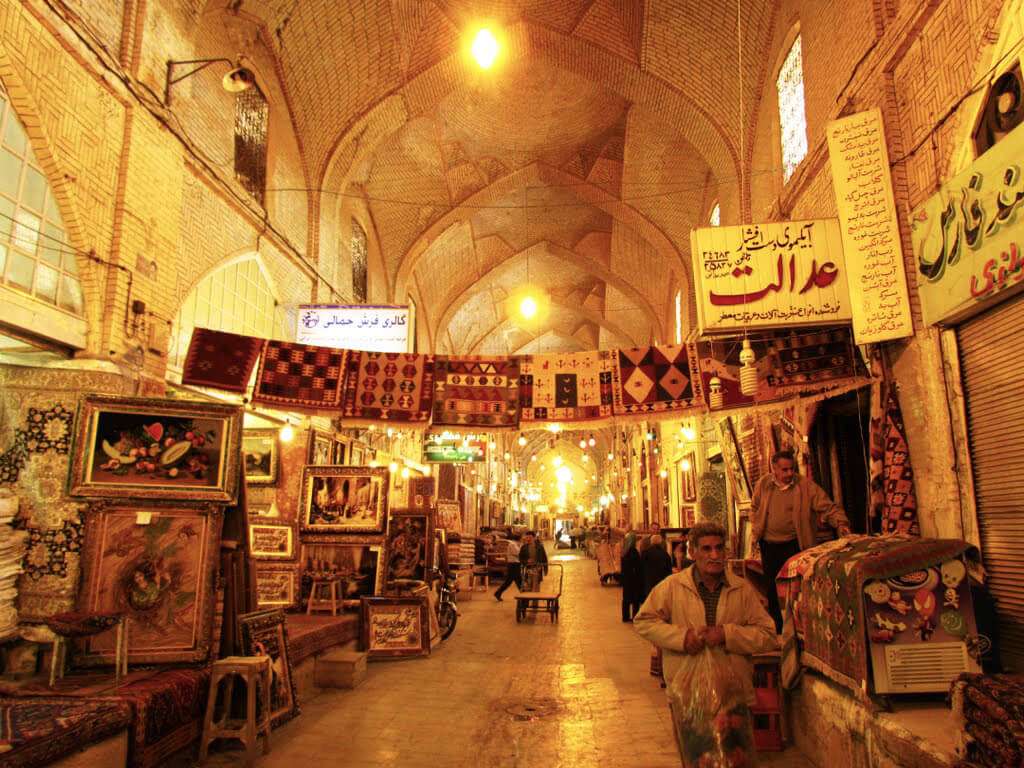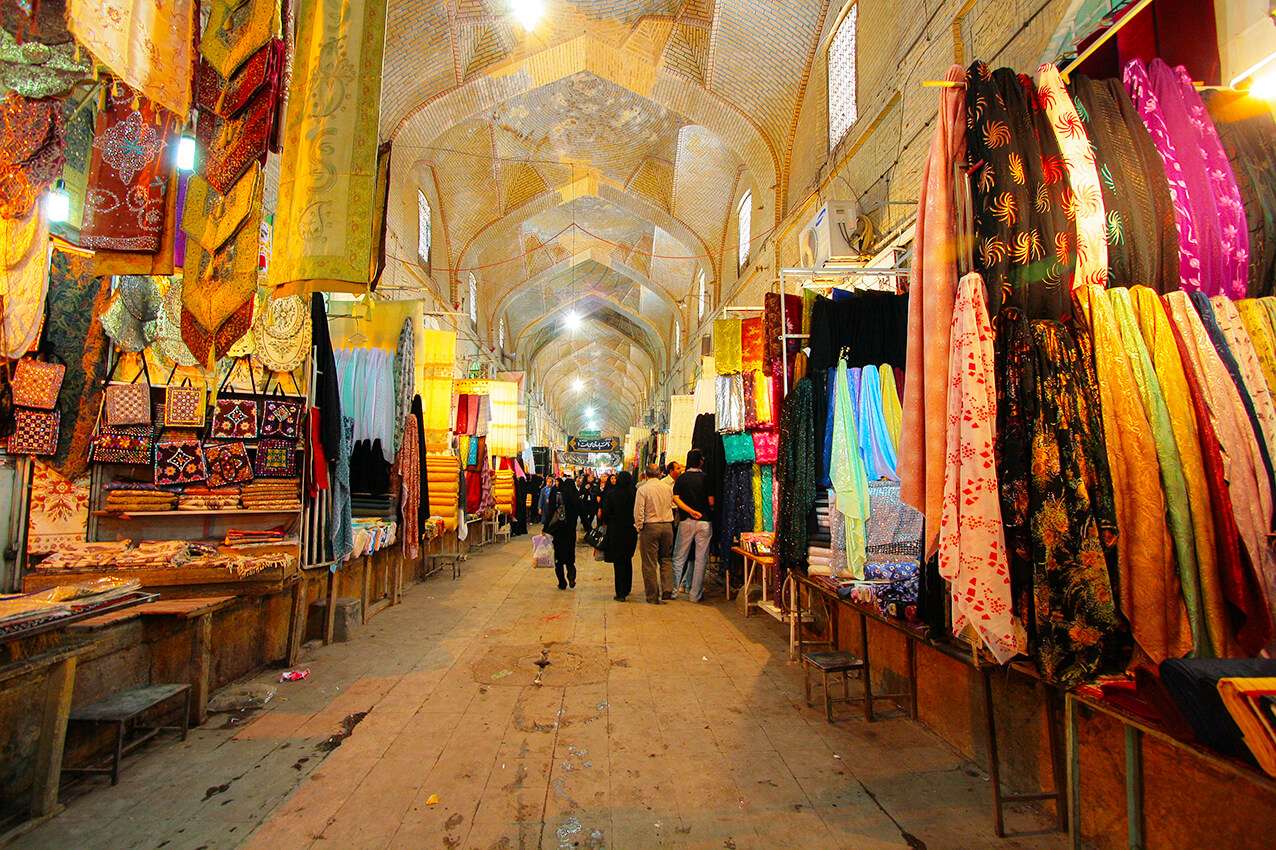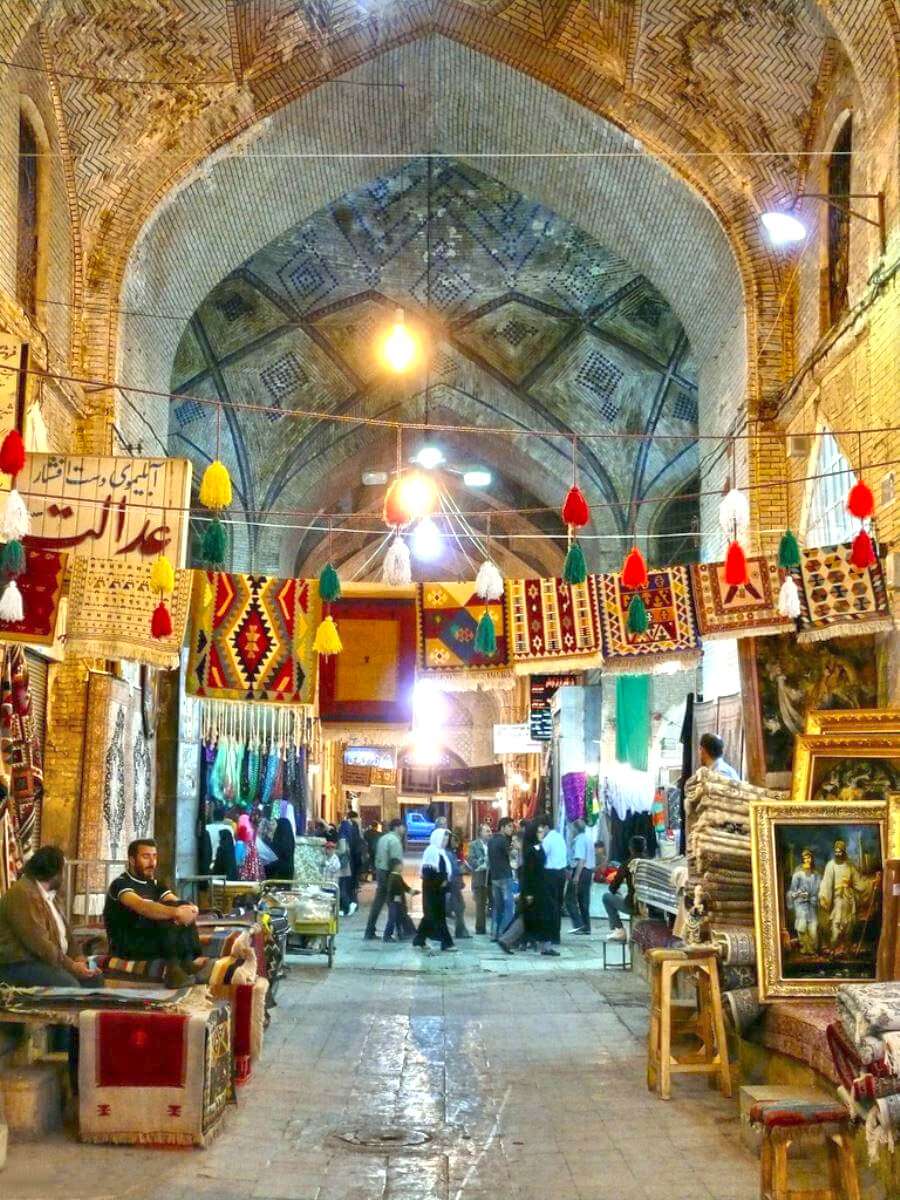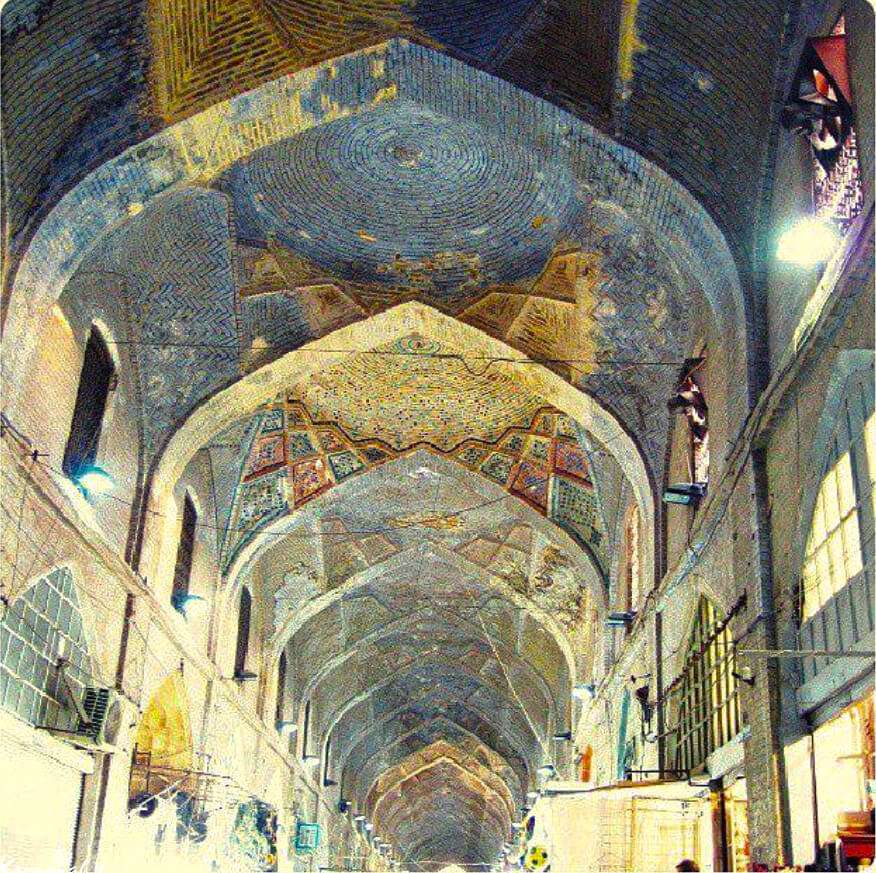Top 5 Tourist Attraction of Shiraz in Zand Era
.jpeg)
- ThemeArchitecture/ Religious and Epic/ Eastern Bazaar
- CodeIRRS67
- Duration3 hr(s) and 45 min(s)
- Best TimeSPRING
Visiting the iconic landmarks of Shiraz dating back to the Zand era (the 18th century):
- The governmental citadel of Karim Khan with four circular watch towers;
- Nazar Garden and Pars Museum;
- Vakil Bathhouse;
- Vakil Mosque;
- And Vakil Bazaar.
Photos of the Top 5 Tourist Attraction of Shiraz in Zand Era
Explore The Route
Top 5 Tourist Attraction of Shiraz in Zand Era
The reign of Zand dynasty over Iran in the second half of the 18th century was mainly characterized by its benevolent founder Karim Khan. After Karim Khan’s failure to revive the lost authority of the Safavid dynasty, he defeated his rivals and took the country under his control.
Karim Khan Zand was a just ruler who cared about his people. To show his mercy towards his people, the charismatic ruler entitled himself as “the advocate of his people” instead of “king of kings”. Through well-intentioned efforts, he managed to build a close alliance between the tribes and nobles of major cities in the west and south of Iran. He succeeded to take back the Iranian territories occupied by the Ottomans, from Azerbaijan and Armenia to some parts of Iraq and tried to bring back the prosperity and authority of the Safavid era to the country.
Karim Khan declared Shiraz as his capital in 1766. He chose this city as the seat of his power due to its defensive features, moderate climate and its location on the trade road to the south. Unquestionably, his 30 years of the ruling (1751-1779) constituted the glorious time of the Zand dynasty’s reign over Iran. In 1792, Aqa Mohammad Khan, from the Qajar family, attacked Shiraz, destroyed the battlements around the city and extinguished the light of the Zand dynasty.
Art and Architecture in the Zand Era
Karim Khan’s patronage of art and culture and his efforts to stabilize the political and economic status of the country led to the emergence of exemplary manifestations of art. He had a taste in literature and was a skilled carpet weaver. During the relatively short interval between the rise and fall of the Zand dynasty, the Persian carpet industry continued to prosper and managed to produce designs and features which are unique to this period. The evolution of new carpet designs, such as floral patterns, is evident in the carpets of the Zand period. The prime example of these carpets is the millefiore carpet which is now kept at the Victoria and Albert Museum of London. In fact, the art of carpet weaving flourished across Iran so much that representatives of the East India Company who visited Iran in the late Zand era (the late 18th century) praised the quality of Khorasan carpets and the abundance of Persian rugs in Bushehr. The German traveler, Carsten Niebuhr, who traveled to the south of Iran during the reign of Karim Khan, has finely described “a large and beautiful carpet” which was spread out on the floor of the royal hall to which he was invited.
Persian miniature, especially the Shirazi style of gilded gol-o-morgh, evolved during the Zand period. Abo al-Hassan Ghaffari, Ali Ashraf, Mirza Baba, Bahram Shirazi, and Agha Sadegh are among the best-known painters in this period.
The splendid art of marquetry, for which Shiraz has won great fame, reached its apogee during the Zand era. A teak box kept at the shrine of Imam Ali in Najaf represents the prime example of this art crafted in Shiraz.
The 44-year reign of the Zand dynasty extended the flourishing architecture and decorative arts of the Safavid era. It bridged the traditional Iranian-Islamic architectural style of the Safavids (early 18th century) to the modern style of Qajars (19th-century).
The traces of functionalism in the architectural style of Zandieh are evident in the classic buildings built in Shiraz during this period, constructed based on the four principal elements of Iranian-Islamic architecture: the mosque, the bazaar, the school, and the governmental citadel. The most famous monuments built or renovated in Shiraz during the Zand period are Shahi Grand Square, founded in the northwest of Shiraz and surrounded by Nazar Garden and Divan-Khaneh edifice; The Royal Citadel (Arg-e Karim-Khan); the striking Vakil complex with its bazaar, caravanserai, and wonderful bath; a splendid mosque in Darb-e Shahzadeh quarter; the landmark citadel of Karim Khan and its flanking edifice called Divankhaneh; the iconic tomb of Hafiz, the adjacent Cheheltan garden and Hafttanan garden-museum; Jahannama garden and Nazar garden. Compared with the monuments of the preceding and succeeding eras, the Zand architecture followed simplicity in structure. After the Zand dynasty, western elements were incorporated into the Iranian-Islamic architectural style. Currently, sixteen out of twenty-seven constructions attributed to Karim Khan Zand are standing on their feet in Shiraz.
Highlights
Duration : 45 mins
Point Type: STARTING
Arg of Karim Khan (Arg-e Karim Khan)
Arg-e Karim Khan is the 18th-century royal castle of the well-known ruler of Zand dynasty, Karim Khan. As Shiraz became the capital of Iran in the Zand era (1751-1794), Karim Khan brought different architects and craftsmen from all over the country and even India to build this fortification in the best part of the city. This citadel was built in 1766 and is one of the earliest buildings constructed in Shiraz under the Zand rule.
The Arg is a large, rectangular building, originally surrounded by a 4-meter deep moat as a means of protection against the threats of enemies. Furthermore, there ar...
Duration : 1 hr(s)
Point Type: STOP OVER
As the capital city of the Zand dynasty (1751-1794), Shiraz boasts most of the monuments remaining from this period. , shaded by soaring cedar, pine, and sour orange trees, is one of them. Although originally, dating back to some time before the Zand dynasty, Nazar garden was an area covered with trees, it got its prominence during this period. As this garden is known as the administrative garden of the Zand rulers, it was dedicated to receiving foreign guests and holding salute ceremonies. The octagonal pavilion was built by the order of Karim Khan, the ruler of Zand dynasty, who was buried in the same place. However, later on, Aqa Mohammad Khan, the founder of the Qajar dyna...
Duration : 30 mins
Point Type: STOP OVER
Vakil bathhouse, with an area of 1,350 sq. m is one of the largest traditional bathhouses in Iran built by Karim Khan Zand, the “Vakil” (1751-79). The bathhouse was in use until 90 years ago, then it was changed into a traditional gymnasium for a while and then to a historical monument.
The structure is mainly built of brick, gypsum mortar and stone. The entrance portal on the north of the bathroom is a low doorway connecting to an anteroom with a slight slope. This technique along with the angled entrance of the rooms were brilliantly applied to trap the heat inside.
The anteroom, decorated with arabesque patterns, leads to a chamber which used to be a dressing hal...
Duration : 30 mins
Point Type: STOP OVER
Vakil mosque covers an area of 8,660 square meters and is named after the founder of Zand dynasty. It is recorded that the early construction of this major religious building of the Zand period started in 1766, over the relics of a Safavid structure. This 18th-century structure was reconstructed several times in the 19th century. The major reconstructions, including the entrance tilework and that of the porches, were undertaken from 1827 to 1828.
The main entrance is located in the northern side of the mosque, adorned with tiled stalactites, calligraphy, and stone friezes. The tile work features the unique Shirazi style of decoration which inspired its subsequent structures i...
Duration : 1 hr(s)
Point Type: ENDING
Vakil bazaar was built between the years 1770 and 1774 following the order of Karim Khan, the regent of Iran and founder of the Zand dynasty. It is said that Karim Khan was inspired by the Safavid Qayṣariya bazaar of Lar, and had this bazaar built in a similar way. This Bazaar was owned by the court which lent the stores to the shopkeepers for a small charge.
The bazaar stretches from the northeast to the southwest, forming a cross-shaped plan constituted by two perpendicular archways. Each branch of this cross forms a specific commercial unit, called rasteh. The two north and south rastehs used to include eighty-two shops, the west and east wings housed twenty and thir...
Important Information
Cost Info
- Arg of Karim Khan (Karim Khan Citadel)3 €
- Nazar Garden3 €
- Vakil Bath2 €
- Vakil Mosque3 €
- Vakil Bazaarfree
- Destination
- Transportation Type
- Transportation Fee---
Additional Info
There are several ice cream shops on the streets around Karim Khan Citadel, where you can taste fresh traditional faloudeh shirazi and ice cream
There are a number of restaurants around the bazaar, in the Vakil complex. Here you have the chance to try the traditional Sharzeh Restaurant serving all Persian-Shirazi dishes.
.jpeg)
.jpeg)
.jpeg)
.jpeg)
.jpeg)
.jpeg)
